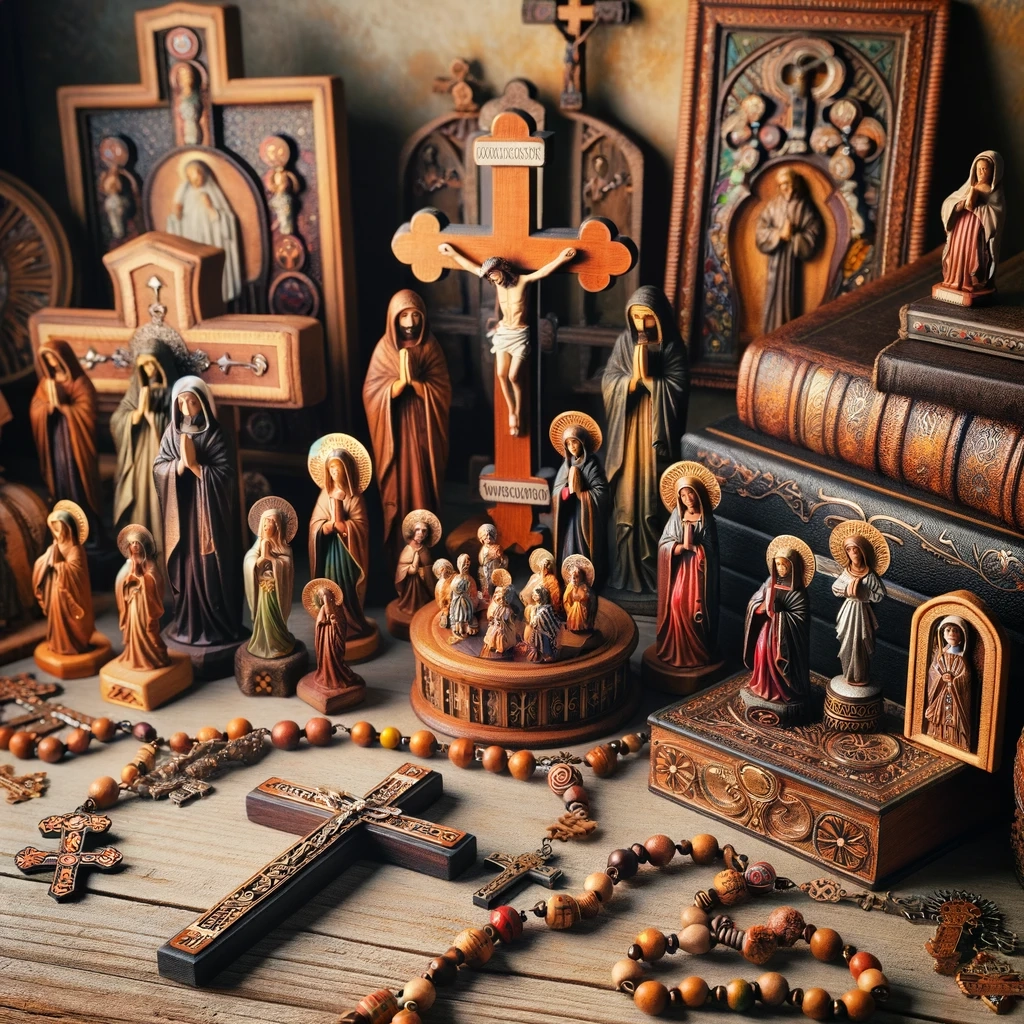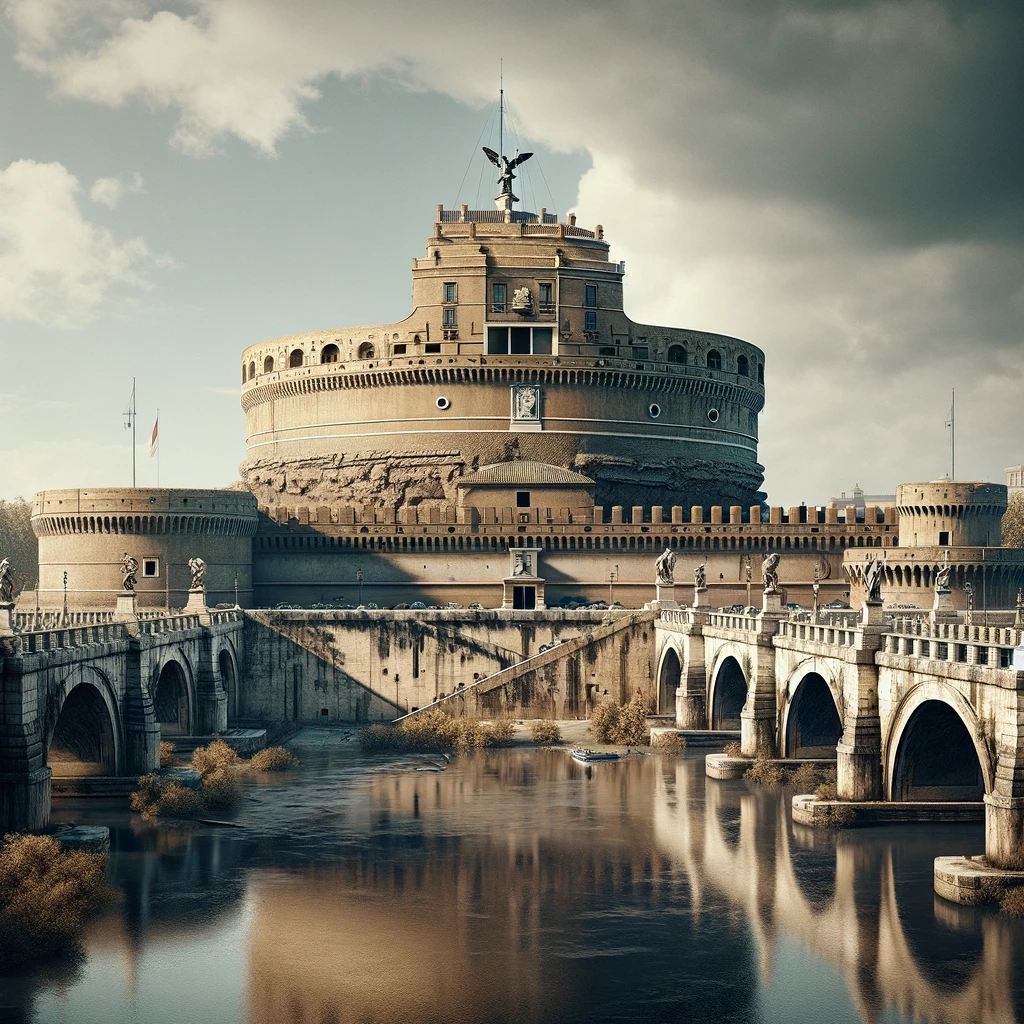Pilgrimage to the Holy Land of the Franciscan Friars
The pilgrimage to the Holy Land is a significant spiritual journey for Franciscan friars and many Christian faithful. The Franciscan friars, followers of the tradition of St. Francis of Assisi, have a deep connection with the Holy Land, as the founder of the order, St. Francis, visited these holy places during his lifetime.
The Franciscan Custody of the Holy Land, founded in the 13th century, is a religious organization responsible for the custody of Christian holy places in the Holy Land. Franciscan friars run many shrines, convents and basilicas significant to the Christian faith, including the Basilica of the Holy Sepulcher in Jerusalem, the place traditionally associated with the burial and resurrection of Jesus Christ.
Franciscan friars engage in prayers, Masses and moments of spiritual reflection at shrines and religious sites, following in the footsteps of Jesus and saints important to the Christian tradition.
These pilgrimages have great importance for Franciscan friars, as they allow them to strengthen their faith, deepen their spirituality and connect with the history and roots of Christianity. In addition, pilgrimage offers a unique opportunity for the faithful to have a deep spiritual experience by visiting places charged with religious significance.
The journey to the Holy Land for Franciscan friars and pilgrims in general is an opportunity for deepening faith, prayer and union with the history of the Christian religion. The Franciscan Custody of the Holy Land plays a crucial role in organizing and accompanying pilgrimages, promoting the spirituality and witness of the Christian presence in this significant region.
Significant Places for Christians to Visit in the Holy Land.
- Basilica of the Holy Sepulcher (Jerusalem): This basilica is one of the holiest sites for Christians, as it is believed to be the site of the burial and resurrection of Jesus Christ. The basilica contains the Tomb of the Sepulcher, where Jesus is believed to have been buried and resurrected.
- Bethlehem: It is the birthplace of Jesus Christ, home to the Basilica of the Nativity, one of the oldest and most revered sites for Christians, built over the cave traditionally identified as the site of Jesus’ birth.
- Nazareth: The city is associated with Jesus’ childhood. The shrine at the Basilica of the Annunciation commemorates the angel Gabriel’s announcement to Mary about the birth of Jesus.
- Mount of Olives (Jerusalem): A place mentioned in the New Testament, it is associated with many events in Jesus’ life, including the Ascension. It also offers a panoramic view of Jerusalem.
- Upper Room (Jerusalem): Christian tradition identifies it as the site of Jesus’ Last Supper with his disciples.
- Dead Sea and Qumran: Region associated with the Dead Sea Scrolls, ancient biblical manuscripts discovered nearby and believed to be among the oldest examples of biblical scripture.
- Mount Tabor: Place traditionally identified as the Mount of Jesus’ Transfiguration.
- St. Peter’s Church in Gallicantu (Jerusalem): Believed to be the place where Peter allegedly denied Jesus, it is built on the site of the former palace of the high priest Caiaphas.
These places offer Christians the opportunity to explore and reflect on the history and spirituality related to the life of Jesus and the history of Christianity. A pilgrimage to the Holy Land allows the faithful to connect with their faith in a meaningful way and have a unique spiritual experience.







